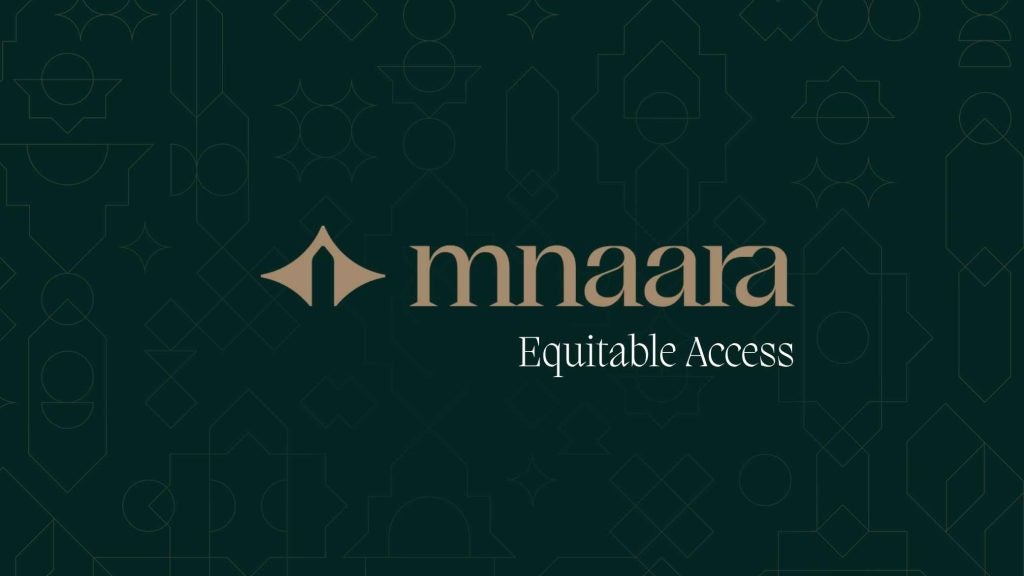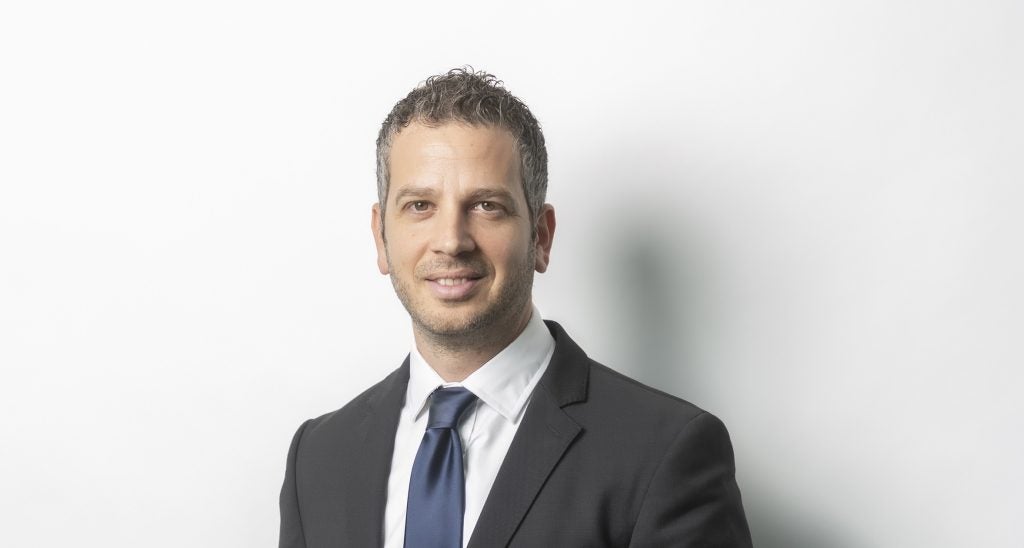Scotiabank hopes to trade off
Canada’s reputation for financial solidity as it seeks to expand
its wealth management presence in Latin America and Asia-Pacific.
The bank has opened 14 branches in 12 countries since embarking on
an international private banking push in 2006. Robin Arnfield
reports.
In 2009, Canada was rated as being among
the top 10 most stable economies worldwide by the World Economic
Forum’s Global Competitiveness Report 2009-2010
“Canada is seen around the world as a safe
place to invest in, and this has spin-off benefits for Canadian
private banks,” says Andrew Auerbach, head of BMO Harris Private
Banking, Bank of Montreal’s private banking arm.
“The turmoil in the last two years has worked
to Scotiabank’s advantage, as clients have been looking for safer
places to be,” says Dan Wright, Scotiabank’s senior vice-president
of international wealth management.
“In spring 2009, we were rated as one of the
safest 10 banks worldwide in US consultancy Oliver Wyman’s
State of the Financial Services Industry, 2009 report.
While other banks have faltered, we are competing well because of
our brand recognition, built up through strong commercial and
corporate banking.”
How well do you really know your competitors?
Access the most comprehensive Company Profiles on the market, powered by GlobalData. Save hours of research. Gain competitive edge.

Thank you!
Your download email will arrive shortly
Not ready to buy yet? Download a free sample
We are confident about the unique quality of our Company Profiles. However, we want you to make the most beneficial decision for your business, so we offer a free sample that you can download by submitting the below form
By GlobalDataRetreat
Wright says a number of international
banks are retreating from the Latin American wealth management
market because they don’t consider Latin America to be a core
market.
“Some international competitors have had
capital issues,” Wright says. “They have decided to focus on their
home market because of capital restraints and the new global
financial environment. They made the decision that what they were
doing in Latin America wasn’t worth the effort.”
For example, Santander has acquired ABN Amro’s
Brazilian onshore private banking unit (see PBI 256).
 Retrenching in Latin
Retrenching in Latin
America
“Credit Suisse has let some people go in its
Latin American private banking operation,” says Alois Pirker, an
analyst with US consultancy AiteGroup.
In March 2010, Royal Bank of Scotland agreed to
sell its Colombian wholesale banking operation to Scotiabank,
giving the Canadian firm its first presence in Colombia. The RBS
unit offers deposit, lending, and capital market products to
corporate and commercial clients in Colombia.
Wright says Latin America and the
Caribbean (LAC) are core markets for Scotiabank.
“In most of the LAC countries in which we
operate, we are among the top five banks for retail, corporate, and
commercial banking,” he says.
Scotiabank’s international wealth management
business, excluding Canada, saw revenues grow over the last three
years at a CAGR of 30%, says Wright. Assets under management grew
by a CAGR of 19% during the same period.
Scotiabank did not suffer major losses in its
international wealth management business during the recent
financial crisis, Wright says.
“Inevitably, there were losses for individual
customers, but there were no major run-offs or incidents with
clients,” he adds. “This was because of our prudent approach.”
Wright declined to give information on assets
under management in Scotiabank’s international operation.
Scotiabank’s 2009 annual report, while detailing assets under
management in Canada (see box, opposite), also gives no
financial data on international wealth management. This reticence
is likely due to the fact that Scotiabank only began its program of
opening international private client offices in the last three
years.
Co-ordinated approach
“In autumn 2006, we embarked on a
strategy for international wealth management,” says Wright. “We
targeted areas where the bank had a strong footprint, for example
in Latin America where we offer retail and commercial banking, and
in Asia where we have a commercial and corporate banking presence
but no retail banking.”
“Until three years ago, Scotiabank had some
offshore trust operations, but it did not have a coordinated
approach to international wealth management,” says Keith Sjogren,
director, research and advisory services, at Toronto-based
consultancy Investor Economics.
Pirker says Scotiabank’s strategy of providing
wealth management services in markets where it already has a strong
presence, for example in retail or commercial banking, is wise.
“When HSBC and Santander go into a market, they
enter it at all levels – retail, commercial and private banking,”
he says. “Scotiabank is doing the same in Latin America, and this
is a good strategy..”
In Latin America, HSBC has been very
successful, Pirker says.
“HSBC offers retail banking, Premier services
for the moderately wealthy, and private banking in Latin America,”
he add.
Lines of business
Scotiabank’s international wealth
management operation has three lines of business:
•
Investment product services, offering mutual funds plus pension
products;
•
Onshore brokerage services, consisting of five local brokerages in
Latin America and two in the Caribbean;
•
International private client services, including private client
branch offices, a trust company in the Caymans, discretionary
investment management, and offshore advisory services.
“We have our own full-service advisors, local
private banking services, and access for clients to wealth
restructuring though trusts,” Wright says. “Our business model is
the ‘team of experts’ approach”
This involves relationship managers tailoring
integrated offerings to meet clients’ needs, an approach shared by
Scotiabank’s Canadian private client group. However, the Canadian
unit operates on a separate basis from the international wealth
management business.
“Where appropriate, we will collaborate with
the Canadian business,” Wright says.
Office-opening
“Over the last three years, we have
opened 14 offices in 12 countries,” Wright says. “We will open four
more private client offices in Latin America this year.”
In March 2009, Scotiabank acquired a majority
stake in Five Continents Financial, a global asset management
company based in the Cayman Islands. In February 2008, Scotiabank
took a minority equity stake in Cidel, the largest privately-held
bank and trust company in Barbados. Terms of the two agreements
were not disclosed.
Scotiabank operates 11 private client offices
in 10 countries in Latin America and the Caribbean: the Bahamas,
Barbados, Cayman Island, Jamaica, Trinidad & Tobago, Turks
& Caicos, Dominican Republic, Peru (two offices), El Salvador,
and Miami. In addition, Scotiabank has a private client office in
Hong Kong. It offers other wealth management services in Puerto
Rico and Mexico.
Scotiabank offers US bank accounts for its
private clients through its Miami and Puerto Rico offices. But
these accounts are not available for US residents or citizens.
Also, all Scotiabank’s private banking clients get a black
MasterCard credit card.
Oversight
Scotiabank oversees its various foreign
wealth management operations from its Toronto head office.
“The Miami office does not oversee our Latin
America operations,” Wright says. “Miami reports in to
Toronto.”
However, local managements have the
responsibility of complying with government financial regulations
in their country. “In all countries, we have to abide by local
market regulation and practices,” Wright says. “Our advisory
businesses in these markets comply with Canadian best practices.
This is a factor in attracting clients. Our brand and our risk
management practices support our appeal to customers.”
“In our 2009 Asia-Pacific wealth management
survey, we asked what factors drove high-net-worth individuals’
choice of wealth management services providers,” says Stuart
Rutherford, senior analyst for wealth, investments and protection
at Datamonitor. “The top factor is brand, image and reputation; the
second most important factor is investment performance; and the
third is the firm’s financial stability.”
Risk management for investments is managed in
Canada.
“All new products that our international
offices introduce have to go through the product approval committee
in Toronto,” Wright says. “We have an open architecture approach to
our product portfolio. We sell our own products and third-party
offerings from other local fund managers or other global financial
institutions.”
“In Latin America and Asia, most of our clients
adopt a global attitude towards investing. There’s a portion of
their assets that they like to invest in their local market,
depending on the country they live in, and the remainder they
invest in North America.”
“Regulation is the biggest challenge, as no two
countries have the same regulation. You have to be very aware of
local market practices.”
Moves into China
“In mainland China, we have formed an
asset management joint venture with Bank of Beijing to sell mutual
funds to retail and institutional investors,” Wright says.
Scotiabank announced in August 2008 that it
would take a 33% stake, valued at $15m, in the venture, Bank of
Beijing Scotiabank Asset Management.
However, the deal is awaiting approval by the
China Banking Regulatory Commission.
“Following the global economic downturn, in
December 2008 the regulator put a hold on new asset management
joint ventures,” Wright says. “Once we have its approval, we will
sell investments through the Bank of Beijing and other third-party
advisers.”
Wright adds that, following approval, 12 months
will be needed to get the Chinese business up-and-running before it
sell its first mutual funds.
Scotiabank’s Chinese operation will compete
with a wealth management business that Bank of Montreal plans to
set up in mainland China. In September 2009, BMO received approval
from the Chinese regulator to formally prepare for incorporation of
a wholly-owned subsidiary bank. The unit, to be named Bank of
Montreal (China), will offer retail banking and wealth management
services.
BMO’s Auerbach says the bank already has retail
branch offices in Hong Kong, Beijing, Shanghai and Guanghzou. It
also has a 28% stake in Fullgoal Fund Management Company, which
manages mutual funds and pension assets in China.
“We have many high-net-worth clients in China
who are emigrating to Canada and plan to invest in Canadian
businesses,” Auerbach says. “At our Chinese branches, we help them
set up their banking services in Canada. We develop a relationship
with them while they are in China, and hope to maintain this
relationship with them when they arrive in Canada.”







